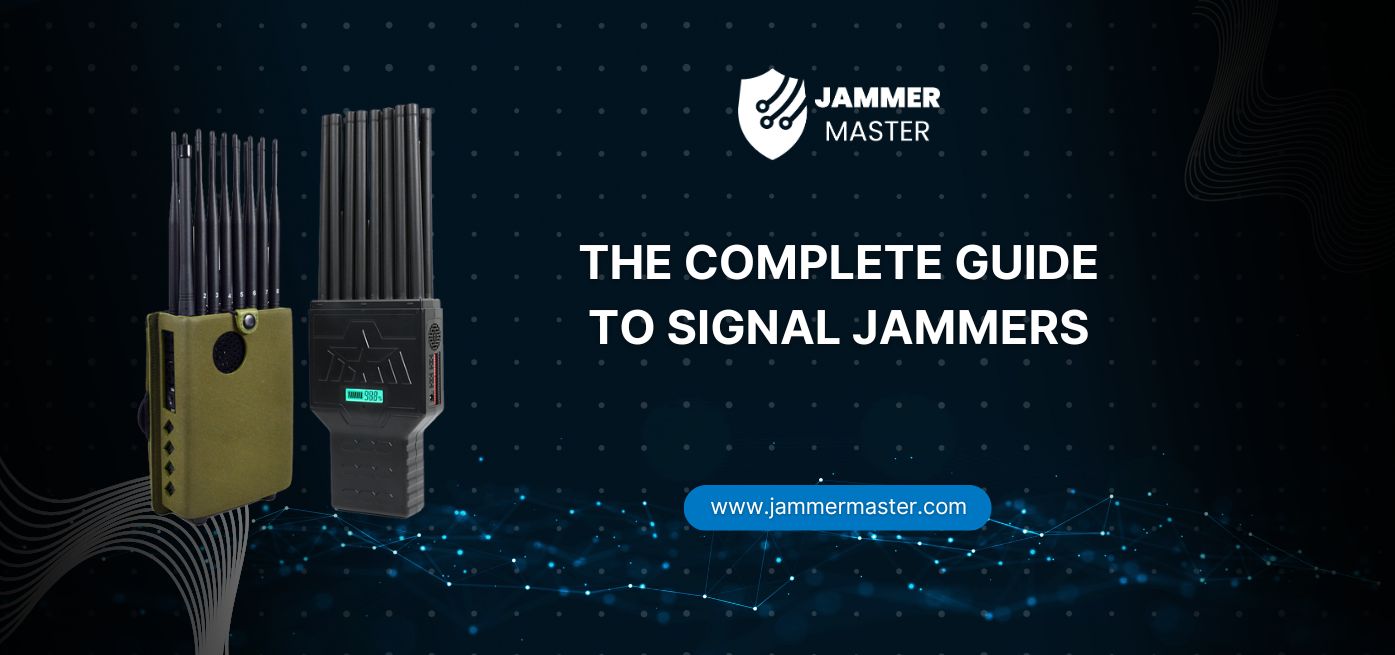
How to Build a GPS Jammer at Your Home
Here’s a step by step guide on how to build your own GPS jammer. Below are the main steps we are going to introduce in

Full-band frequency interference devices have become increasingly popular among users. However, many users have reported subpar performance despite the devices being in good condition. Upon investigation, it was found that 90% of users were incorrectly using the equipment, which is the primary reason for the diminished effectiveness. In this article, we will discuss the key considerations for installing and using full-band frequency interference devices to ensure optimal performance.
It is recommended to install the full-band frequency interference device at a height not lower than 1.8 meters from the ground. When the installation position is less than 200 meters away from the base station, the shielding effect is inversely proportional to the distance from the base station. In other words, the closer the base station, the smaller the shielding radius.
Before powering on the device, ensure that the antenna is securely tightened. The antenna should be kept vertical (⊥). The numbers marked on the antenna should correspond to the numbers marked on the antenna port of the main unit. Avoid inserting the antenna incorrectly or powering on the device without connecting the antenna.
The effective coverage range of the full-band frequency interference device is a circular area centered around the device itself. Therefore, it is crucial to select the appropriate placement location to avoid creating shielding dead zones.
Place the full-band frequency interference device in a well-ventilated area, avoiding obstructions and strong electromagnetic sources from heat sources. Do not stack other items on the device or dismantle the antenna, as this may affect the shielding effect and damage the machine.
When the full-band frequency interference device is not in use, it is recommended to disconnect the power supply to avoid interfering with the normal use of mobile phones.
When using the full-band frequency interference device outdoors, waterproofing measures should be taken into consideration.
If the area of use exceeds the effective shielding range, it is advisable to install multiple full-band frequency interference devices in a cellular manner to ensure optimal shielding effectiveness. Please note that the power supply and antenna are specifically matched to the main unit during factory calibration, so it is best not to interchange them to ensure the best performance.
Keep the device away from corrosive gases and liquids, and take necessary measures to prevent dust and moisture, as these can accelerate the aging of internal components.
When placing the device outdoors or in a wilderness environment, consider installing protective devices to prevent damage from destructive animals such as rodents and ants.
To maximize the effectiveness of full-band frequency interference devices, it is crucial to follow the proper installation and usage guidelines. By considering factors such as installation height, antenna connection, placement, environmental conditions, and power management, users can ensure optimal performance and avoid common pitfalls. Adhering to these guidelines will result in a more efficient and reliable interference mitigation experience.
Our frequency checker tool will help you check all frequency bands used in all country.

Here’s a step by step guide on how to build your own GPS jammer. Below are the main steps we are going to introduce in

In today’s digital age, our lives are more connected than ever before. We rely on our smartphones for communication, entertainment, and information. However, with this

Signal jammers are devices that deliberately transmit signals on the same frequencies as telecommunications and GPS devices, such as mobile phones, GPS trackers, and even

Understanding Signal Blocker: How It Works and Its Applications Signal Blockers are devices that can disrupt mobile phone signals, preventing them from connecting to base

The Application and Benefits of High-Power Signal Jammers Enhancing Signal Blocking Efficiency in Various Environments In today’s technologically advanced world, the need for effective signal

Considerations for Purchasing Exam Room Signal Jammers Ensuring Effective Signal Jamming for Exam Integrity As the year approaches its end, many schools are preparing for

The Importance of Monitoring and Signal Interference Measures During Examinations During examination periods, it is crucial to closely monitor the examination venues and their surrounding

Selecting the Appropriate Cell Phone Jammer for Theaters and Auditoriums Overcoming Challenges in Installation and Maximizing Signal Disruption The Importance of Cell Phone Jamming in

Remote Control of Cell Phone Jammers via Smartphone: A Possibility? With the rapid development of the Internet of Things (IoT), numerous smart home devices have

Supplying high quality signal jamming devices since 2010. The only jammer store you can trust.
Jammer Master © 2024. Premium Signal Jammer Supplier Since 2010.